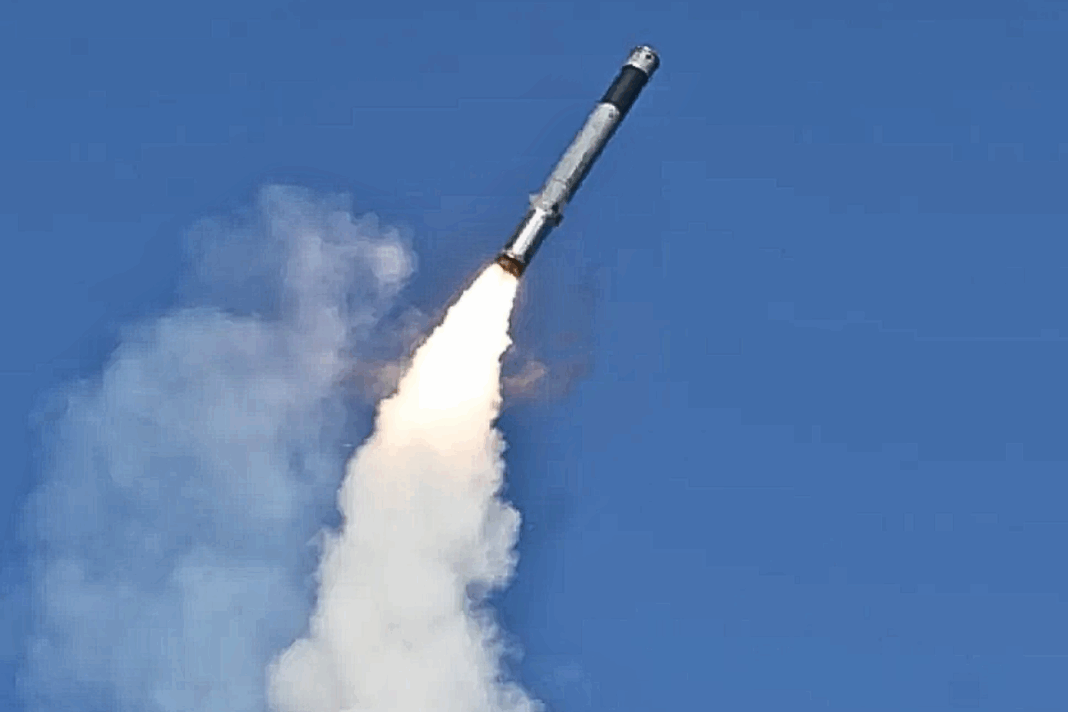Introduction
In 2025, hypersonic missiles are set to redefine global military power. These weapons, capable of reaching speeds greater than Mach 5, are altering the dynamics of modern warfare. As nations race to develop and deploy these technologies, hypersonic missile systems represent the future of military strike capability.
This is not merely an arms race — it’s a time race.
What are Hypersonic Missiles?
In contrast to regular ballistic missiles with a predetermined path, hypersonic missiles are capable of adjusting direction during flight, thus rendering them nearly impossible to intercept or trace. There are two principal categories of them:
- Hypersonic Glide Vehicles (HGVs): Packed into boosters, these are shot into space and glide along at hypersonic velocity toward their target.
- Hypersonic Cruise Missiles: Propelled by advanced engines such as scramjets, enabling sustained Mach 5+ speeds in the atmosphere.
These are fast, stealthy, and potentially unstoppable — and all the major military powers want them.
Who’s at the Head of the Hypersonic Race?
1. United States
- Projects: AGM-183A ARRW, LRHW (Long-Range Hypersonic Weapon)
- Status: Testing phase; significant investment into air-launched and ship-based systems.
- Edge: Precision targeting + cutting-edge aerospace tech.
2. Russia
- Projects: Avangard (HGV), Zircon (Cruise)
- Status: Reported active deployment.
- Edge: Operational capability + first-strike capability.
3. China
- Projects: DF-ZF (HGV), Starry Sky-2
- Status: Deployed and tested.
- Edge: Development speed and expanding arsenal.
4. India
- Projects: BrahMos-II (with Russia), Hypersonic Technology Demonstrator Vehicle (HSTDV by DRDO)
- Status: Testing phase; successful scramjet flight in 2020.
- Edge: Indigenous technology + global collaboration potential.
India might lag in complete deployment, but it’s poised to become a credible player in hypersonic strike capacity, particularly with its emphasis on indigenous innovation under Atmanirbhar Bharat.

Why Hypersonics Matter in 2025
- Strike Anywhere, Anytime: Strike targets anywhere in the world within minutes.
- Nuclear & Conventional Use: Equipped to carry both forms of warheads.
- Bypass Missile Defense Systems: Conventional missile shields can’t respond in time.
- Deterrence and Power Projection: The ultimate weapon of psychological and strategic superiority.
Challenges Ahead
Hypersonic missiles may be all the rage, but they are not without challenges:
- Extreme Heat Management: Mach 5+ generates plasma around the body — difficult to control and navigate.
- High Cost of Production: Creating and deploying even a single reliable system is very costly.
- Arms Control Concerns: There is no international treaty controlling these weapons yet, causing concerns about global destabilization.
India’s Way Ahead: Turbocharged & Tactical
India’s HSTDV achievement demonstrates that it possesses the scientific foundation to keep pace. The soon-to-be-launched BrahMos-II, with a Mach 7 capability, is a quantum leap. Full deployment might take another couple of years, but India’s strategic objective is clear — deterrence through speed, precision, and self-sufficiency.
India’s position in the hypersonic race will not only rely on DRDO’s achievements but on cooperation with allies, defense startups, and cutting-edge propulsion technologies.
The Global Impact
2025 is witnessing a transformation of warfare where response time is decreasing. Hypersonics narrow the window for diplomacy, heighten the risk of miscalculation, and test conventional doctrines of deterrence.
The battlefield of the future isn’t merely digital or robotic — it’s hypersonic.
FAQs
Q1: Can hypersonic missiles be intercepted?
A1: Till now, there are very few systems that are even able to detect them on time. Interception is still a problem for most nations.
Q2: Is India behind in the hypersonic race?
A2: India is still working on the technology but has taken significant steps by way of DRDO’s HSTDV and BrahMos-II.
Q3: Are hypersonic missiles nuclear-capable?
A3: Yes, they are capable of both conventional and nuclear warheads.
Image Source: Google
Stay ahead in the auto world — check our site for the latest car and bike news, dive into insightful blogs, and never miss an update.


